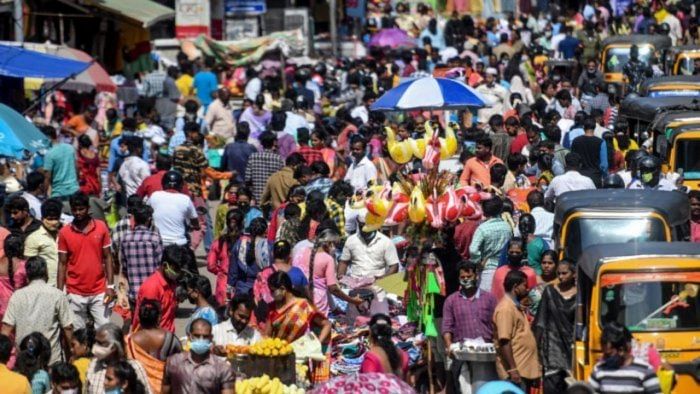
As developed economies struggle with ageing populations and a concomitant reduction in their growth potential, emerging economies with favourable demographics have taken up the mantle of being the global economy’s growth driver. As such, the ASEAN nations, along with India, have emerged as potentially the best bet for high and sustainable growth in the future. But whether the potential demographic dividend is realised will depend on how they are able to harness their population.
A comparison with major ASEAN nations shows that while India has one of the best demographic profiles, its attainment levels in terms of health and educational outcomes leave a lot to be desired. In fact, compared to Japan, South Korea and even China, or countries that have successfully reaped the demographic dividend, India has its work cut out. While the dependency ratio — which measures the pressure on the productive population — bottoms out by 2035 for India, the overall dependency ratio would still stay below 50% for another decade.
Over the past two decades, India has hardly made much progress in terms of allocating expenditure to health. India’s public health expenditure is less than 1.5% of GDP and barely accounts for 9% of total public expenditure resulting in generally slow progress over the years. For a country with one of the highest out-of-pocket expenditures on health and rather low health insurance penetration, many Indian APL (above poverty line) households are barely one medical event away from slipping into BPL category and the devastating second wave of the pandemic highlighted the challenges ahead.
Even on the education front, not only does India rank low compared to many of its peers, it lags substantially behind many of the Asian miracle economies at similar stages of demography. Multiple ASER (Annual Status of Education Report) studies on the level of India’s educational attainment fail to paint an encouraging picture — the increasing gap between rural and urban outcomes and only modest improvement of learning outcomes over the years, ignoring the pandemic effect when the outcomes dropped to levels that were last seen during 2014.
Thus, if we draw a skillset continuum, the majority of the workforce would be placed close to the lower end of the spectrum explaining why India is a country with one of the largest share of informal workers globally. A shortage of skills, both in quality and quantity, is a major bottleneck in sustaining socio-economic development. For those in the informal economy, low levels of education and skills limit their chances of gainful employment with fair wages and decent working conditions.
India has been in a phase of virtual jobless growth since 2006 when total employment in the agriculture sector peaked and it started releasing workers in numbers that were barely equal to the absorptive capacity of the rest of the economy. As total employment remained virtually stagnant over the next decade, India’s employment elasticity of growth started to decline precipitously. That period also coincided with a decline in India’s labour force participation rate (LFPR).
The problem was further exacerbated by the policy-driven thrust toward economic formalisation, starting with demonetisation. This pushed a large number of MSMEs (which remain the default choice of employment of the less skilfully endowed workers) out of business and continues to do so.
Rising formalisation of the economy without any discernible improvement in the skillset of average workers has resulted in an increasing share of discouraged workers. India’s LFPR currently stands at around 43, which means that only around 43% of those in the working age group are actively looking out for jobs and the current rate of LFPR is nearly 40% less than those economies that were able to successfully reap the dividend that their demography had to offer at a similar stage.
Women’s participation rate in India being one of the lowest in the world is also the reason why the country’s LFPR remains suppressed. Apart from societal constraints, more women opting for higher education currently is keeping the LFPR muted. In the medium term, we do expect women LFPR to improve, given the policy-driven push toward getting more women into the workforce and the likelihood of more educated women joining the workforce.
The realisation of the potential demographic dividend in India will depend on whether policymakers are able to take big strides in the critical policy areas of public health and education and also reduce labour-market rigidities. While we do foresee rising women’s participation as an important catalyst in the medium term, that may still not be sufficient enough for India to reap the demographic dividend.
(The author is an economist with Societe Generale in India.)